10 Great Ways for Students to Research and Present Information
This year, when you are looking for ideas that go beyond the boring book report or essay, but you still want students to read informational text and present what they learned, try one of these ten ideas. Trust me, they will be happy with the creative approaches and you’ll be happy when it’s time for them to present them to you and the class, and when it comes time for you to grade them all.
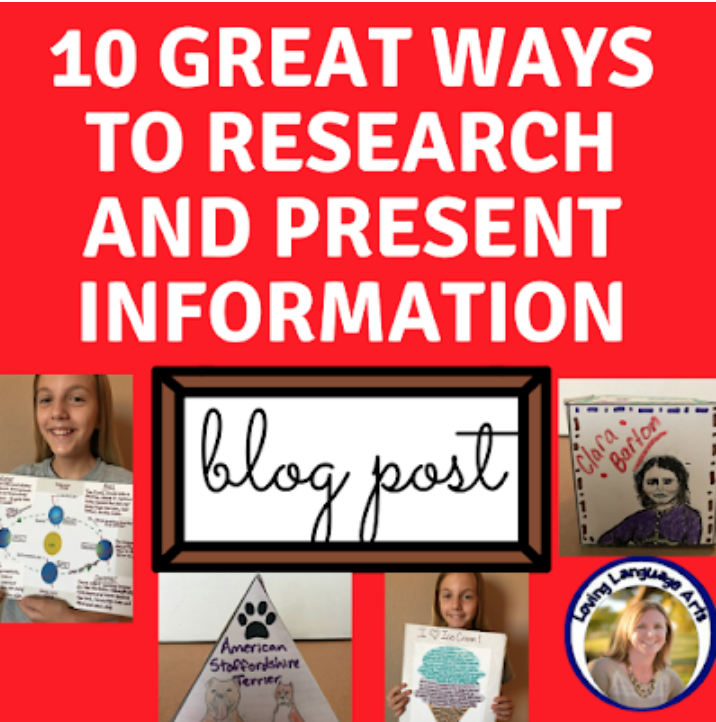
1. A Biography Block (or Block for Any Info)
When I had 90 students research and present biographies, the last thing my students and I wanted to do was listen to lengthy presentations or read lengthy reports. But, by having them make these biography blocks, it resulted in shorter, to-the-point presentations as well as awesome visual displays that could be left all around the room for students to look at. In my free lesson, you will get the template and directions for an easy no-prep lesson. Now, you can also use the block to have students present any other kind of information. When placed around the classroom, students pick them up to admire them and they end up learning something at the same time! Win-win. (& making it = storing memories). Get my FREE lesson that comes with directions and a block template.
2. Brochures for book reports, biographies, destinations, and lots of other things.
There are a lot of people offering free as well as paid brochure templates with great ideas for how to use them. A couple that I liked were a free book report brochure by TPT seller Student Savvy , and a free travel brochure by Literacy in Focus below. They show you how to turn book reports or other English assignments into brochure form instead, which is so much more fun & readable!
3. Pyramids
Similar to the blocks in #1, the pyramid is a visual display that other students can pick up, admire, and learn something quickly in the process. (Plus, the act of making it gets the info in the student’s brain.) These are a couple examples that go with free WebQuests I made. The WebQuest is the research part and the pyramid is one part of the presenting part. The pyramid template comes FREE with the lesson.
1) Researching a Dog Breed’s Character Traits and History FREE WebQuest: In this free lesson, students are guided step-by-step (so no prep) tor research dog breeds and input information into a premade Google sheet. Then, they can choose one breed of their choice to present.
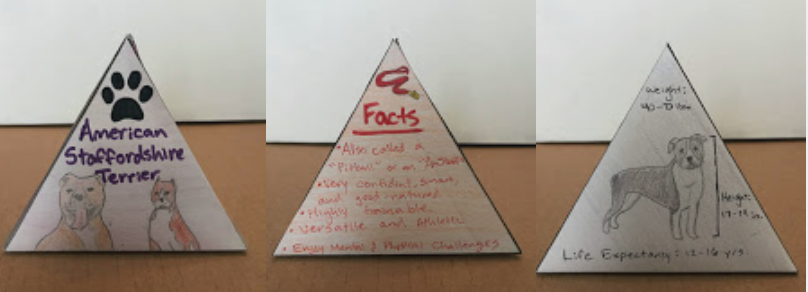
2) Researching “Why Do We Need Vitamins and Minerals Anyway?” FREE WebQuest: Students are always hearing about getting proper nutrition but most have no clue even what vitamins and minerals do. This helps them find out. Then, they can each select a different nutrient and present it on a pyramid. That way there are a variety of pyramids around the room teaching everyone about different nutrients.
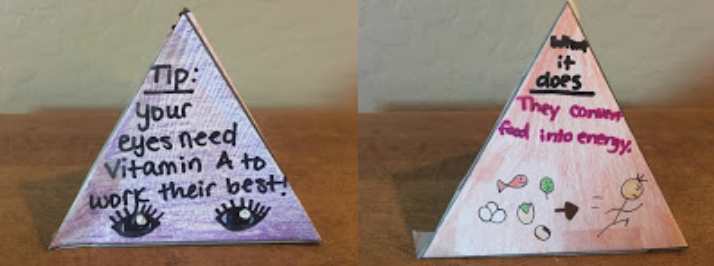

4. Wax Museum: They do this at my kids’ school every year and it is a huge hit that draws crowds. Students do a biography report with a visual display, then on presentation day, they stand there as if they are wax figures. One option is for people to pay a penny, or quarter, or any amount (as a fundraiser) to get them to talk. They are dressed up like the people, talk like the people, talk about themselves. What a great idea. There is even an option to have it run through an entire school day and have the younger grade students rotate through. All the kids love it! Here is my daughter dressed as John McCain and her friend was Wayne Gretzky (in this modern age of defying gender stereotypes):
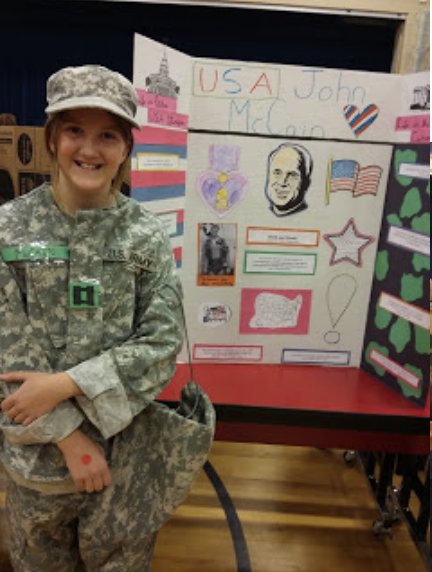
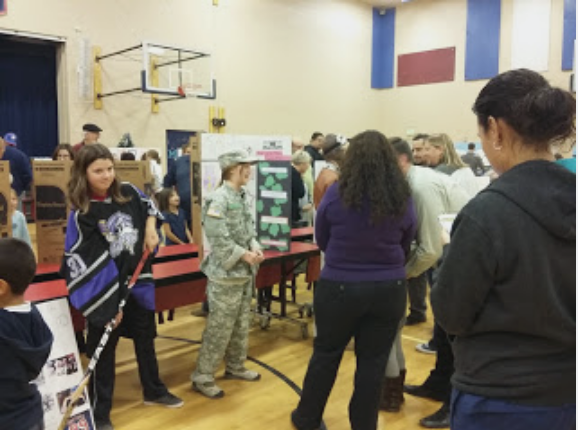
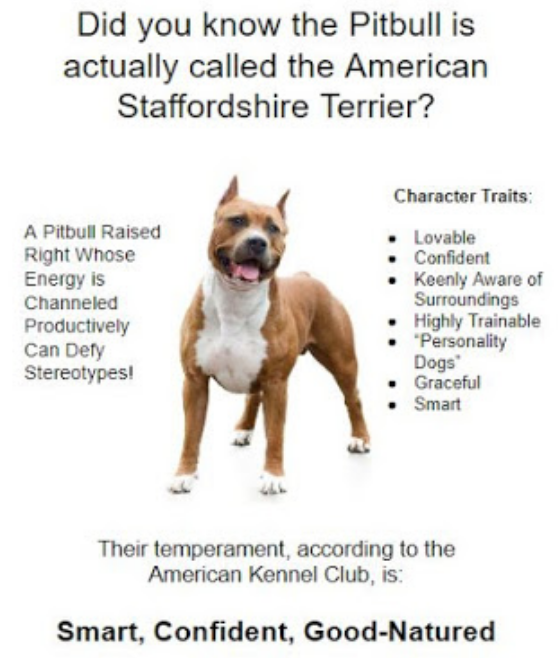
6. Poster (a.k.a. Infographic): Again, keep in mind that just the act of making something with your hands and writing stores the information in your mind long-term and attaches good feelings to it. So, although it might seem like a waste of time and you might wonder what the point is if it is something you are going to throw away, just remember this, as research has proven. Think back to the memories you have of school assignments. The ones you still remember (including the basic information) are the ones you made by hand! Here’s a couple that students can create after learning “The Science Behind Ice Cream” in my FREE ELA or Literacy in Science informational text and tasks:
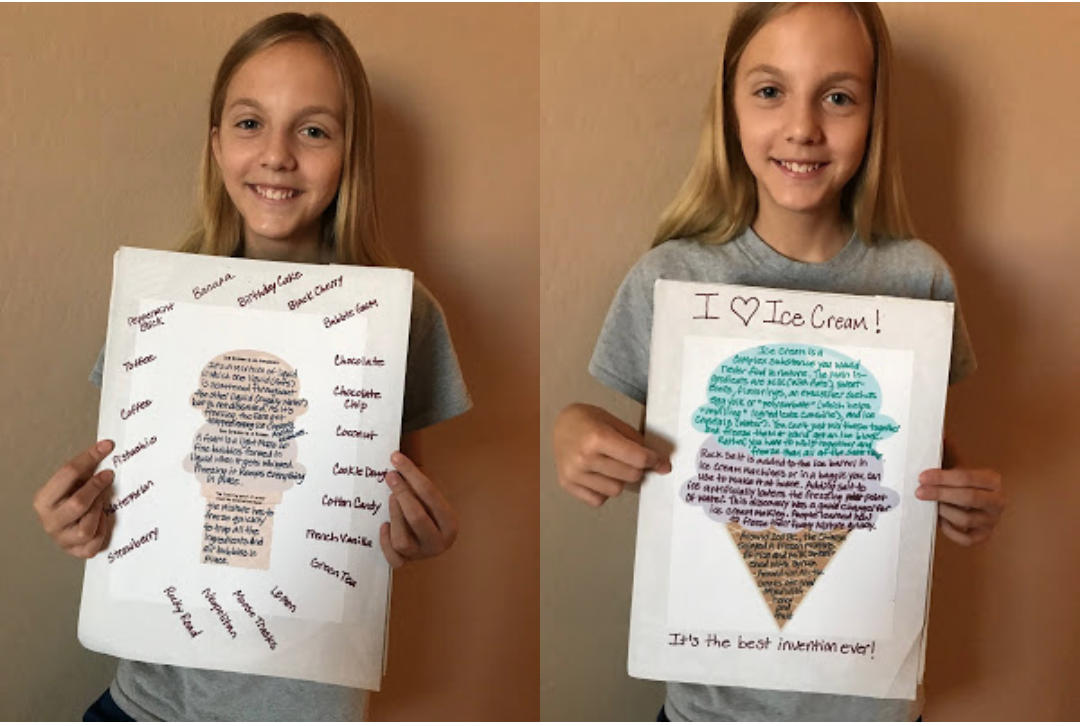
And this one goes well with my FREE “Why There Are Seasons” informational text & tasks for ELA or Literacy in Science:
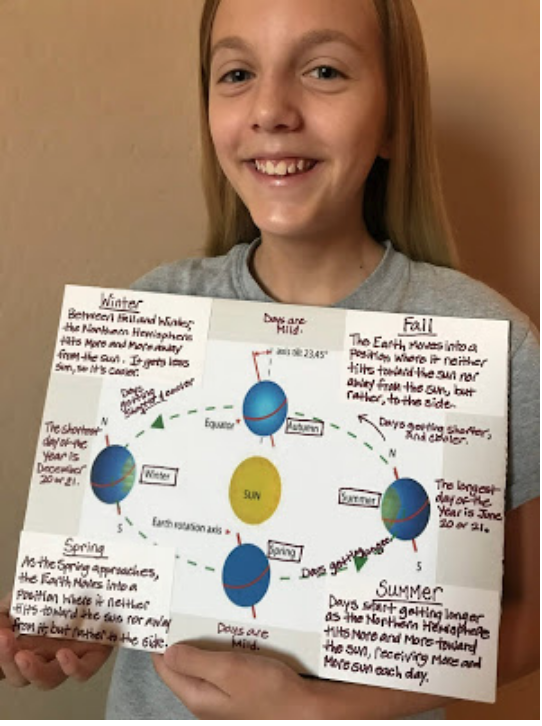
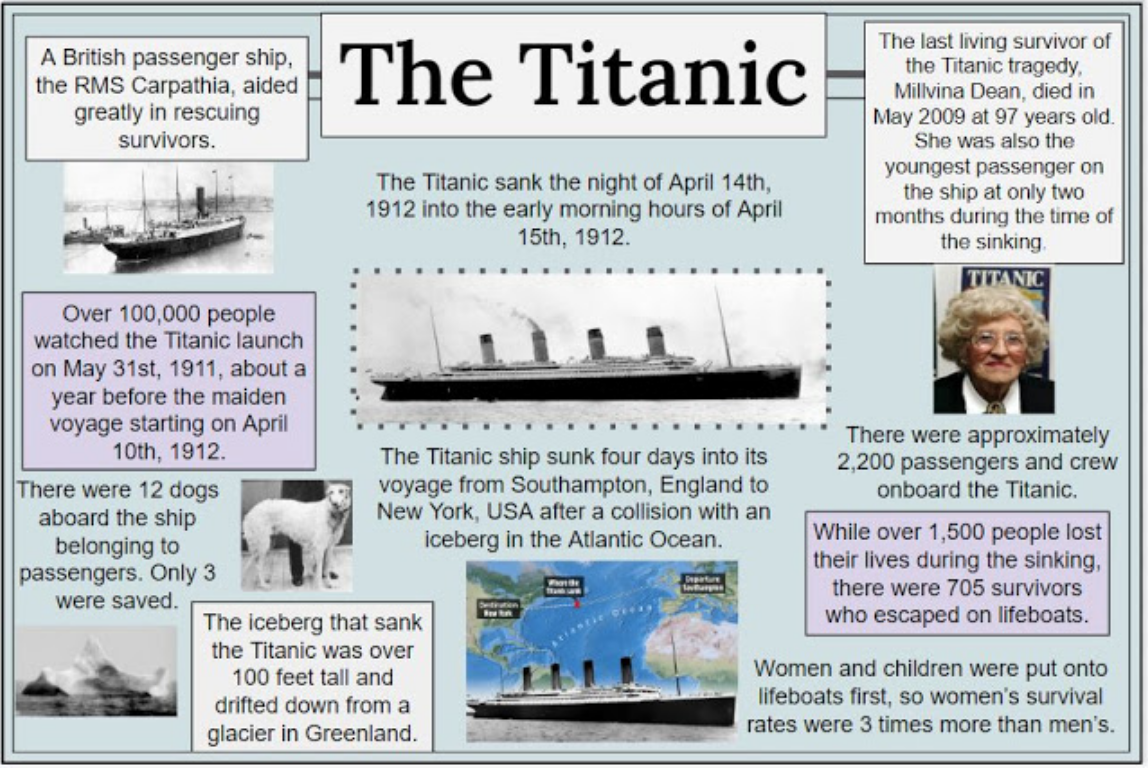
9. Collage: Who doesn’t like collages? Nobody. Which kids don’t know how to make a collage? Hardly any. These can be done physically or digitally and are a great way to show a lot of visuals at once. For example, these look intriguing (the one about Lincoln is an Etsy item, but could be done by a student):
10. Video: If this sounds scary, have no fear. Kids are making quick videos about everything these days, so just ask them for ideas. Again, a good option for distance learning.
You Know What Else Kids Love?
These workbooks! I made the articles super interesting to kids by writing about things that interest them! AND IT WORKED! I keep hearing from teachers how kids get so into these texts that they actually WANT to answer the questions!
Click below for FREE ELA PRACTICE TESTS – each targeting specific reading, writing, language, and speaking/listening/viewing standards.
Check out these GRADE-SPECIFIC test prep books with practice tests that target EVERY GRADE-SPECIFIC READING INFORMATIONAL TEXT STANDARD, one by one. An added bonus is that students LOVE the texts! In Easy-Print or Self-Grading Online Versions.
The 6th Grade Practice Tests Test Prep Workbook “is a high quality, beautifully-aligned resource. It is no-frills, to the point, yet high-interest for students. It is helping us prepare for standardized testing in a hybrid, synchronous, difficult year.”
How about save this pin to your “Researching and Presenting” or “Presentations in ELA” Board so that you can come back to this post again?
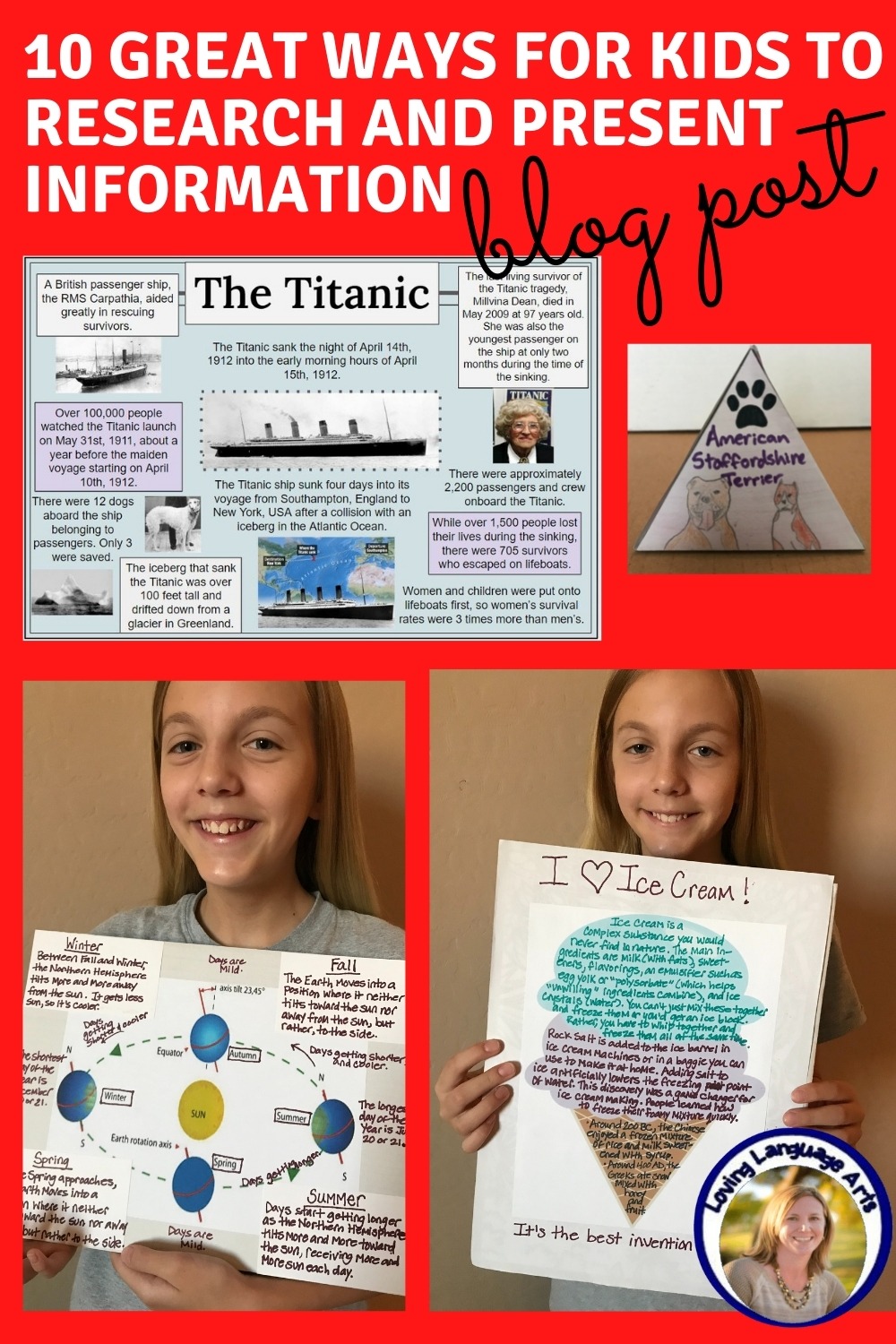





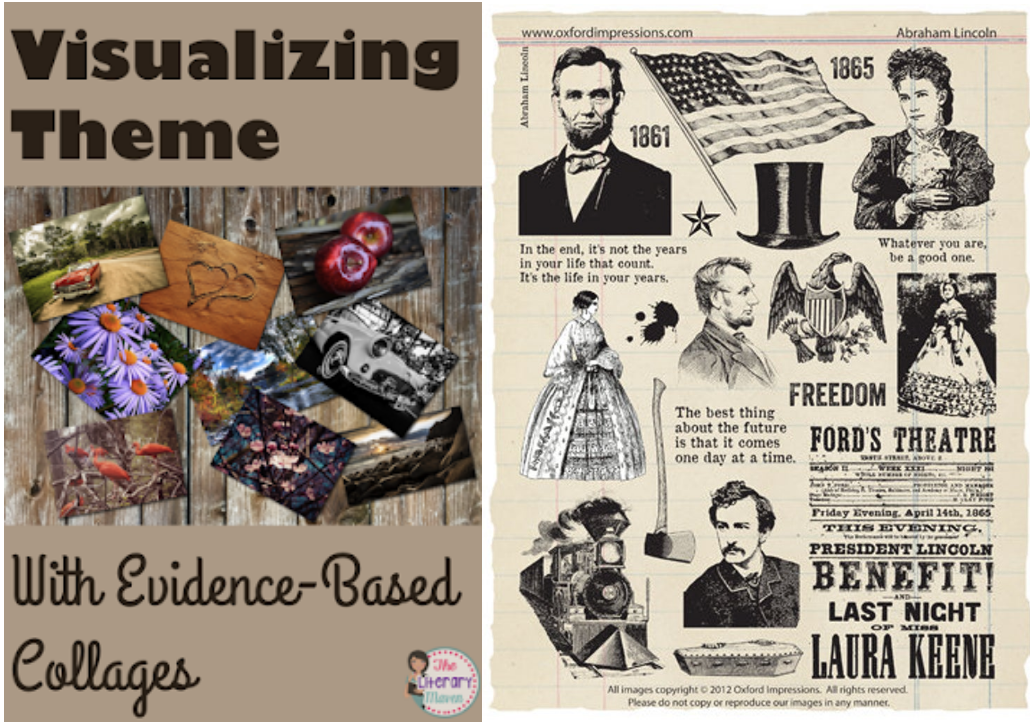



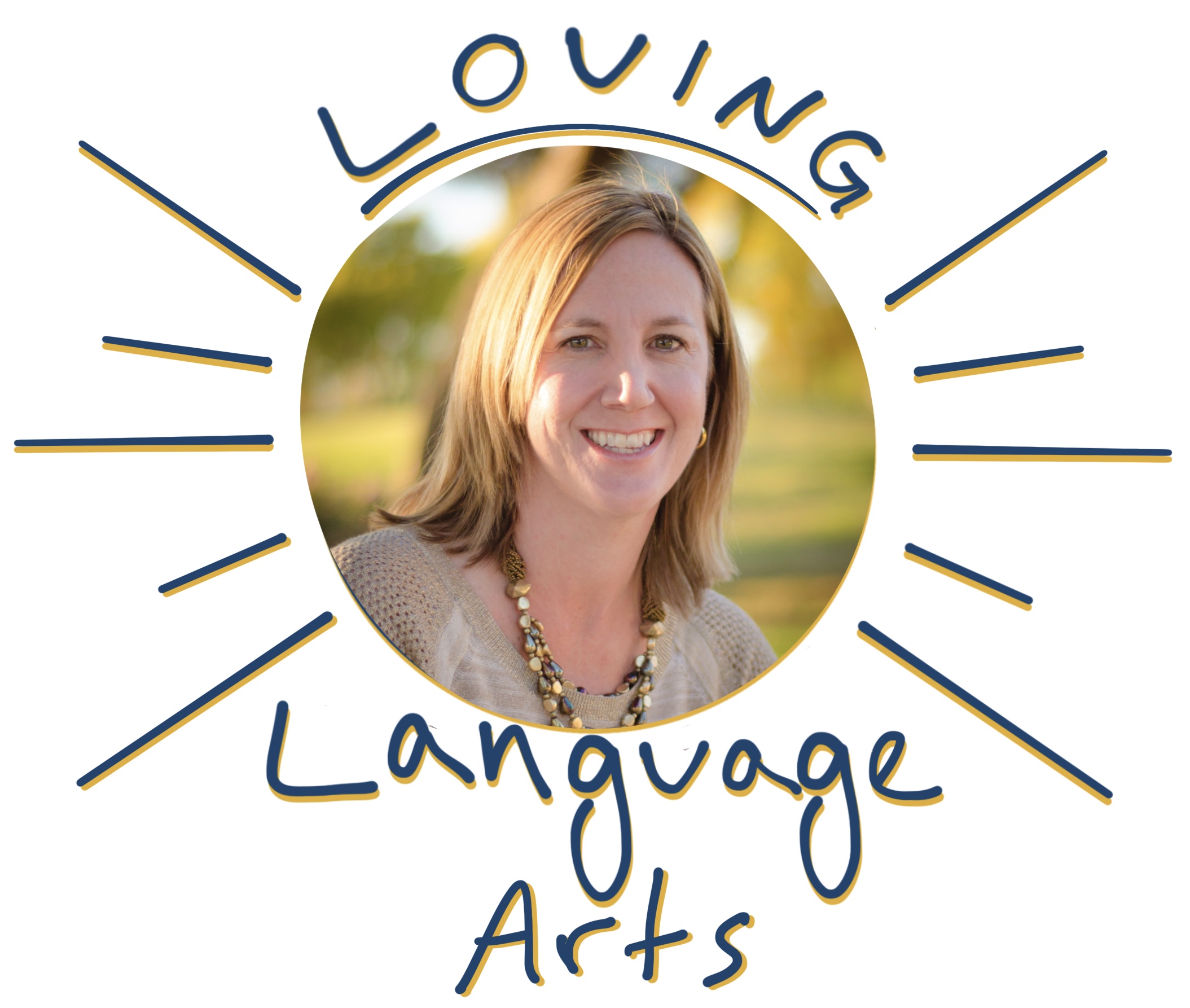














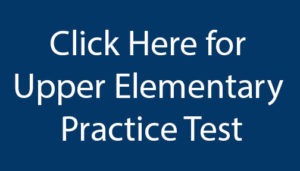
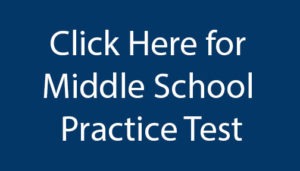
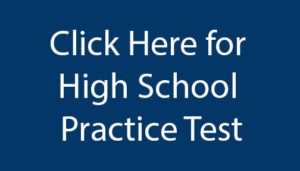

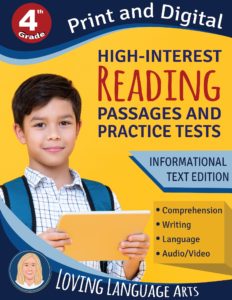

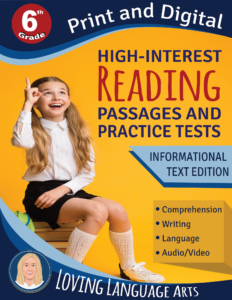
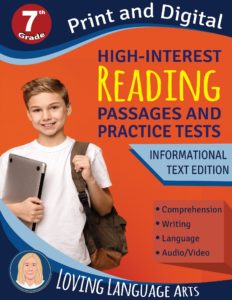
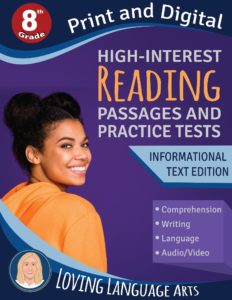
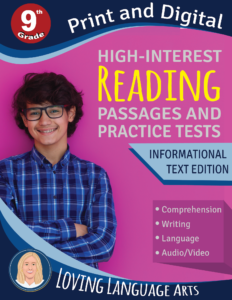
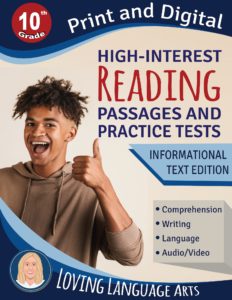
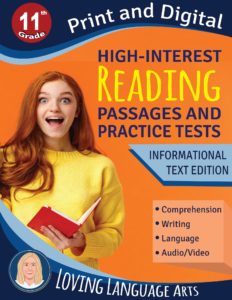
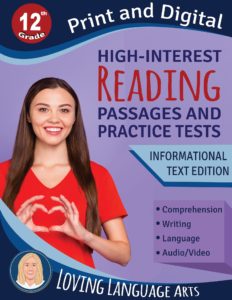
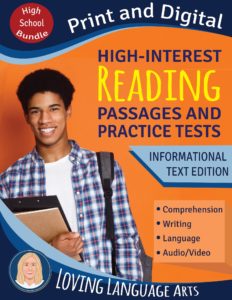
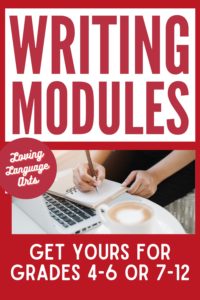

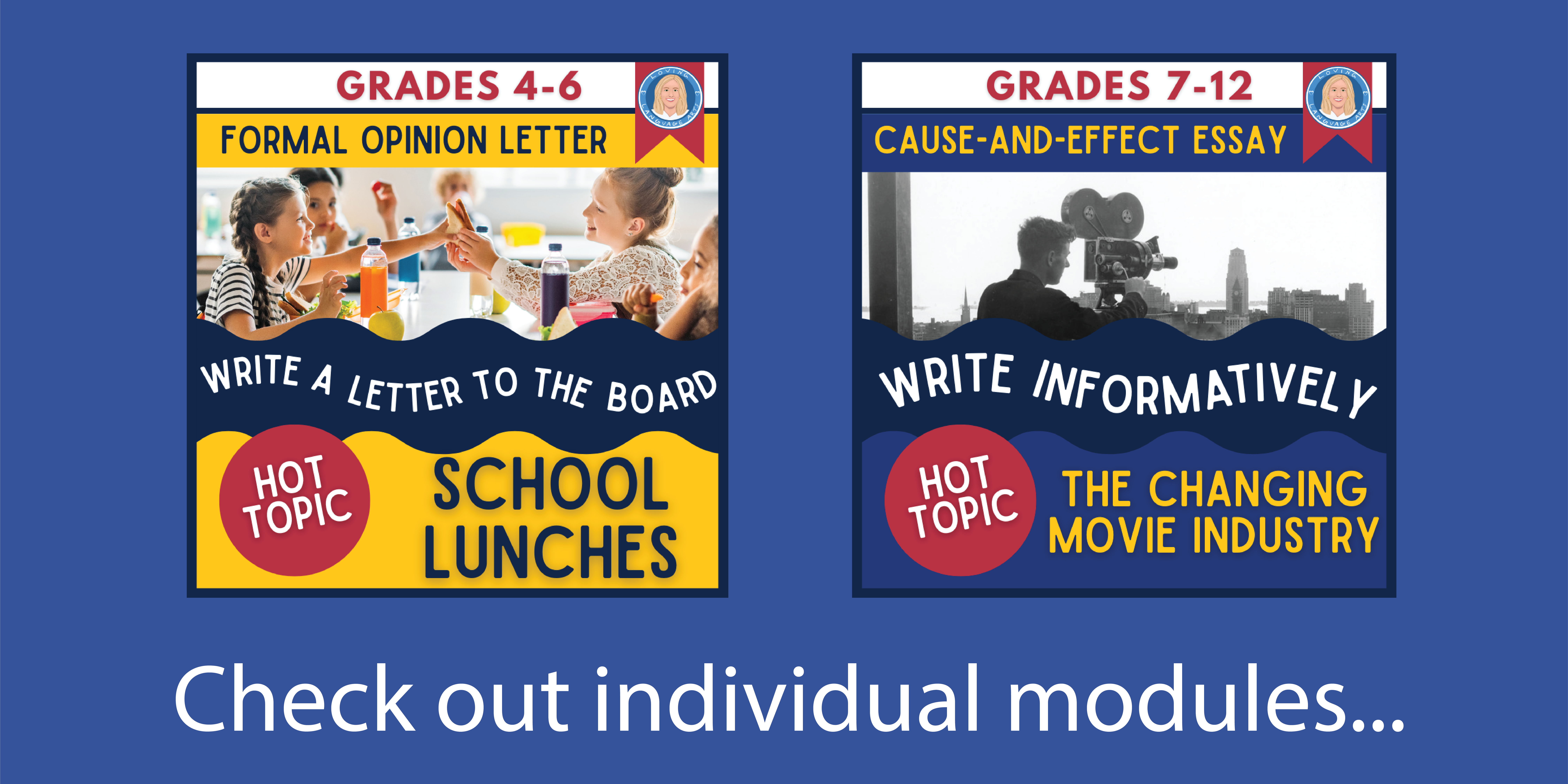
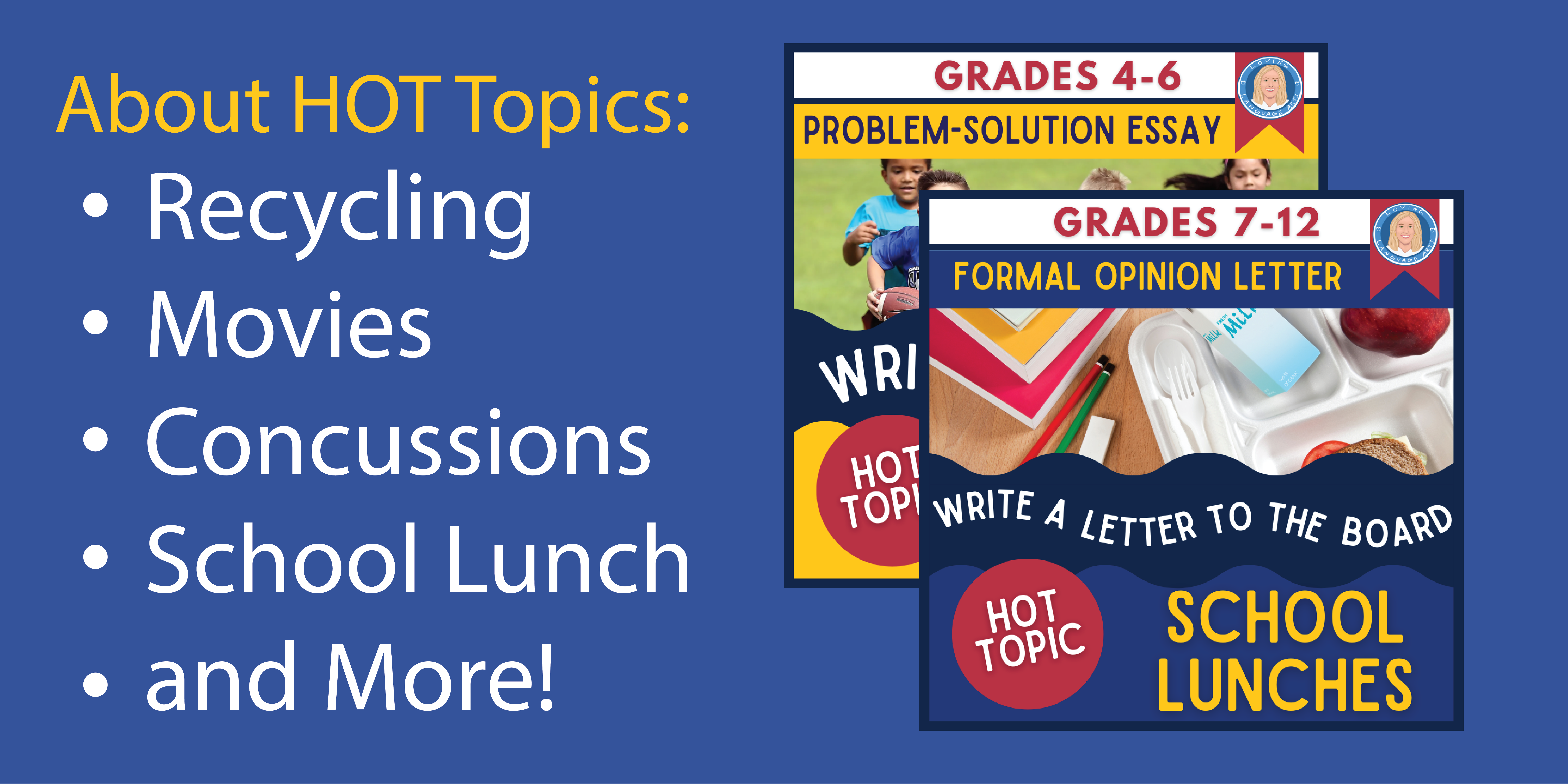
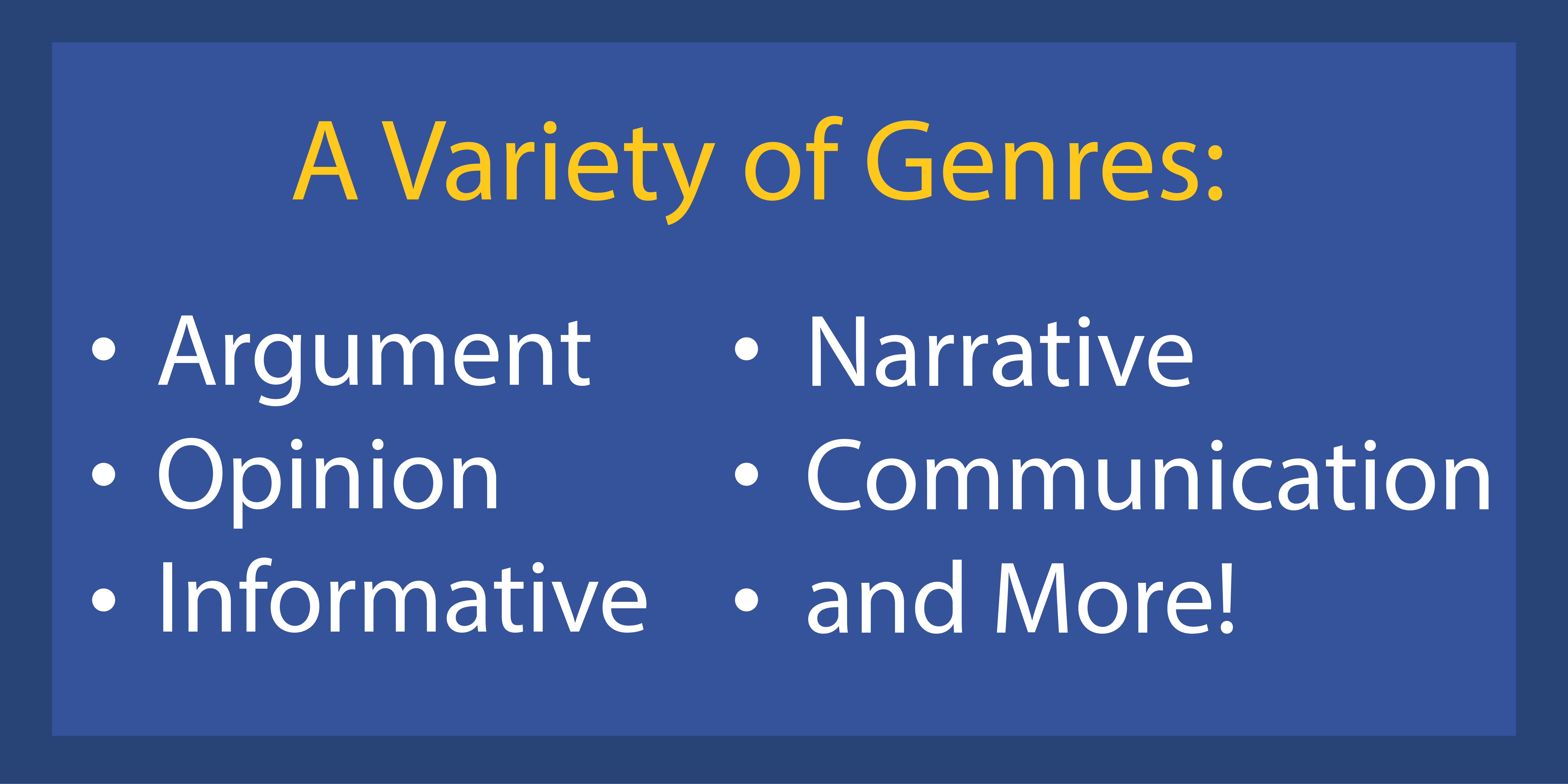
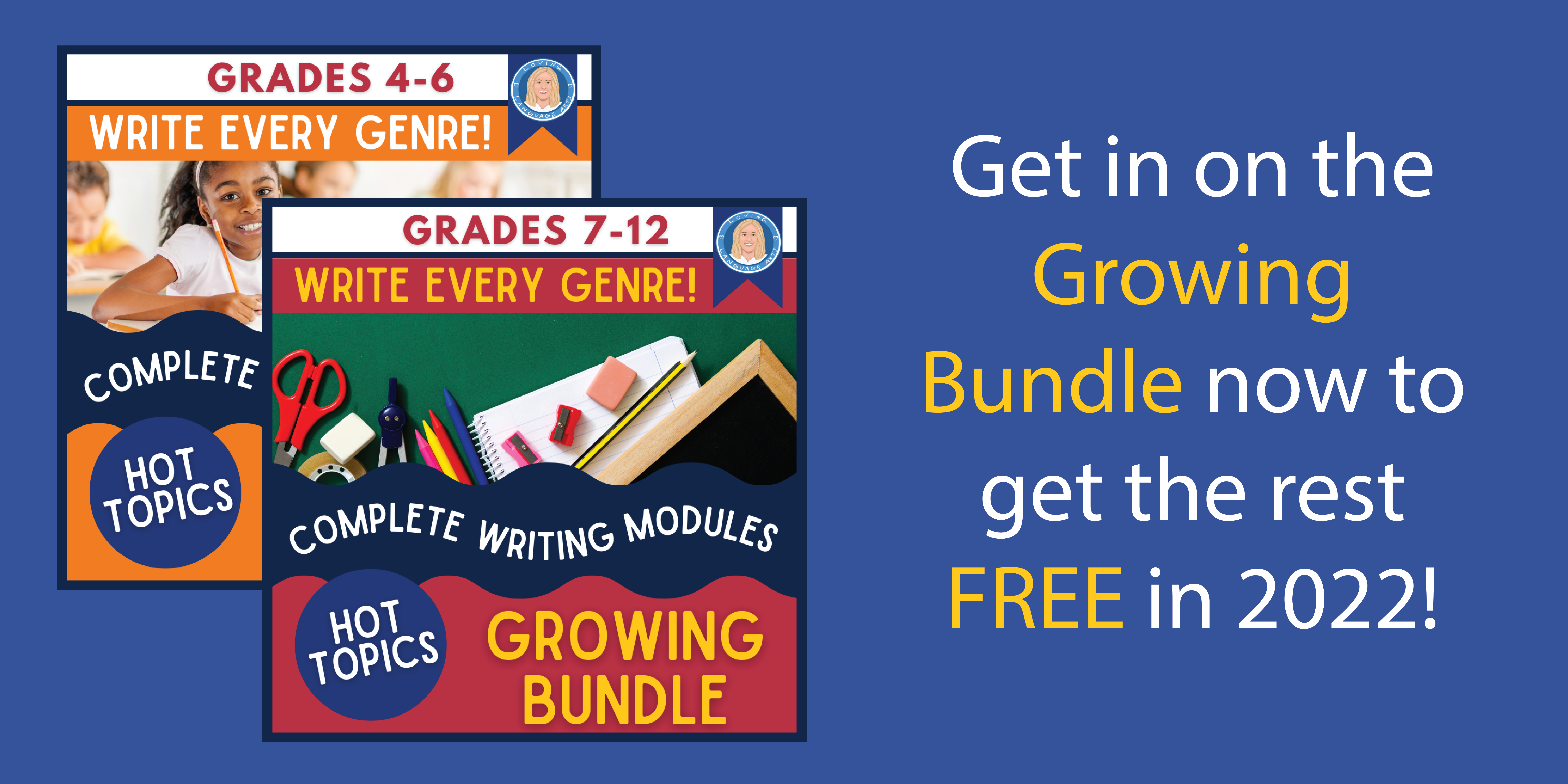
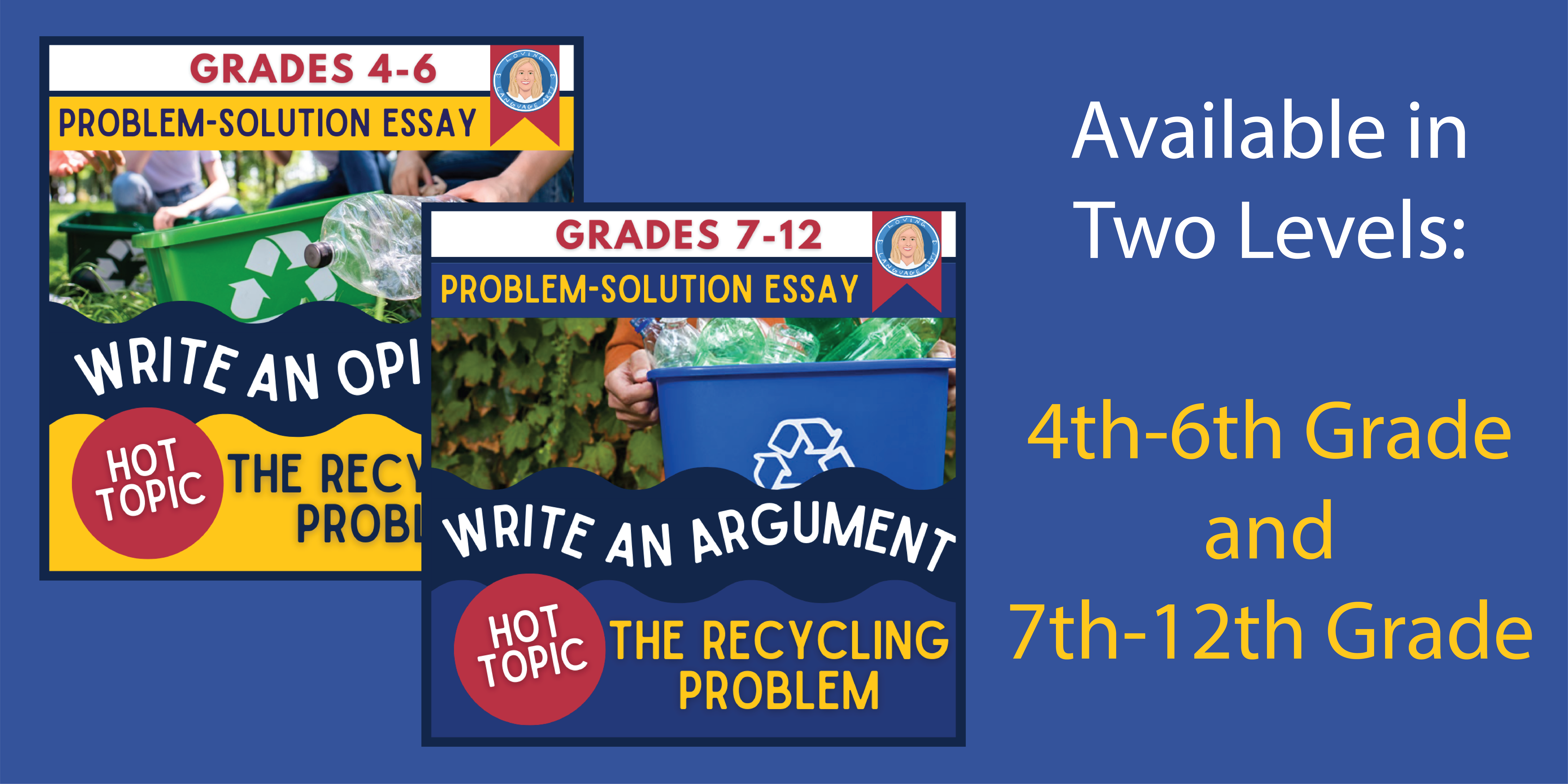
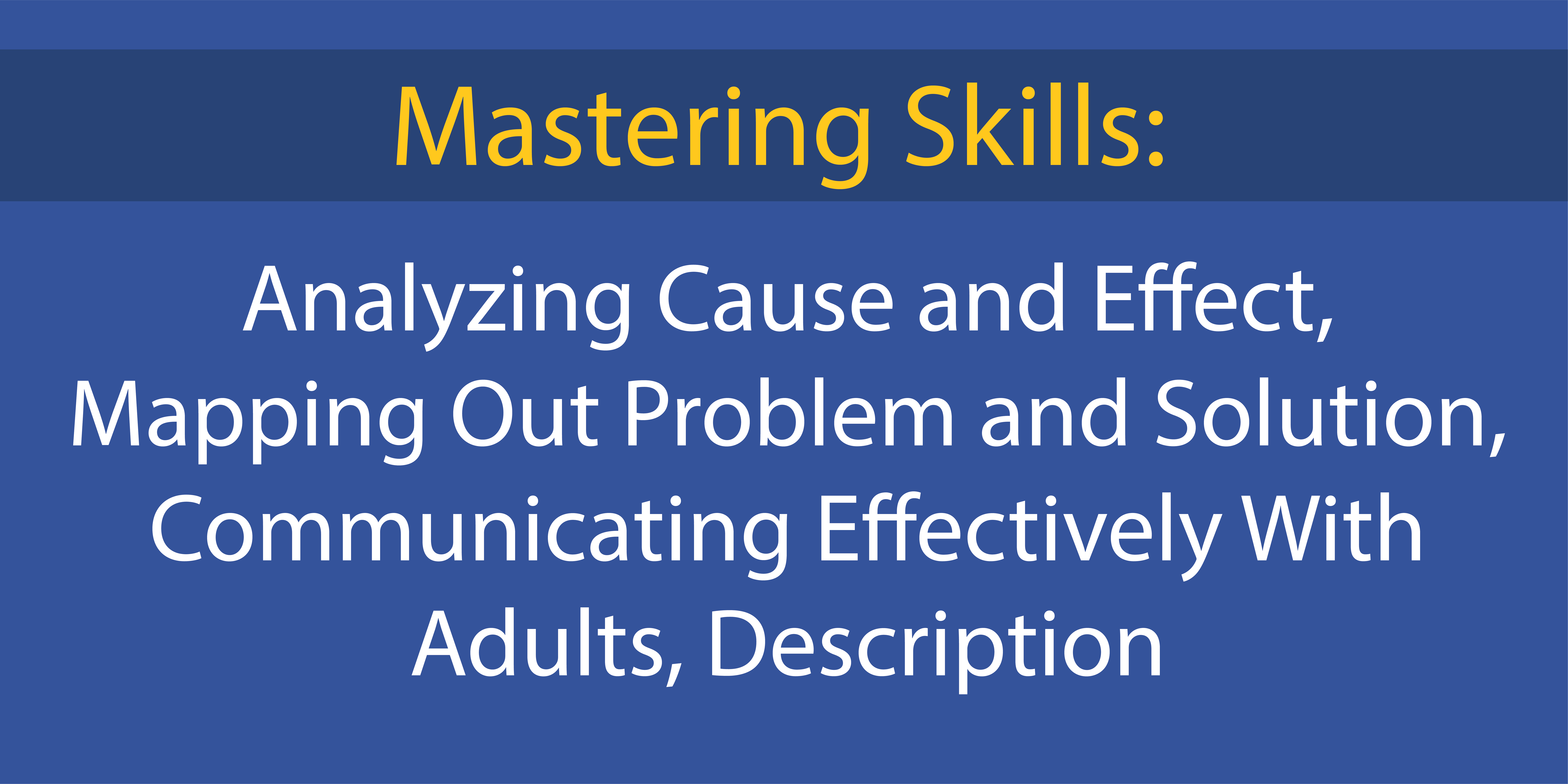
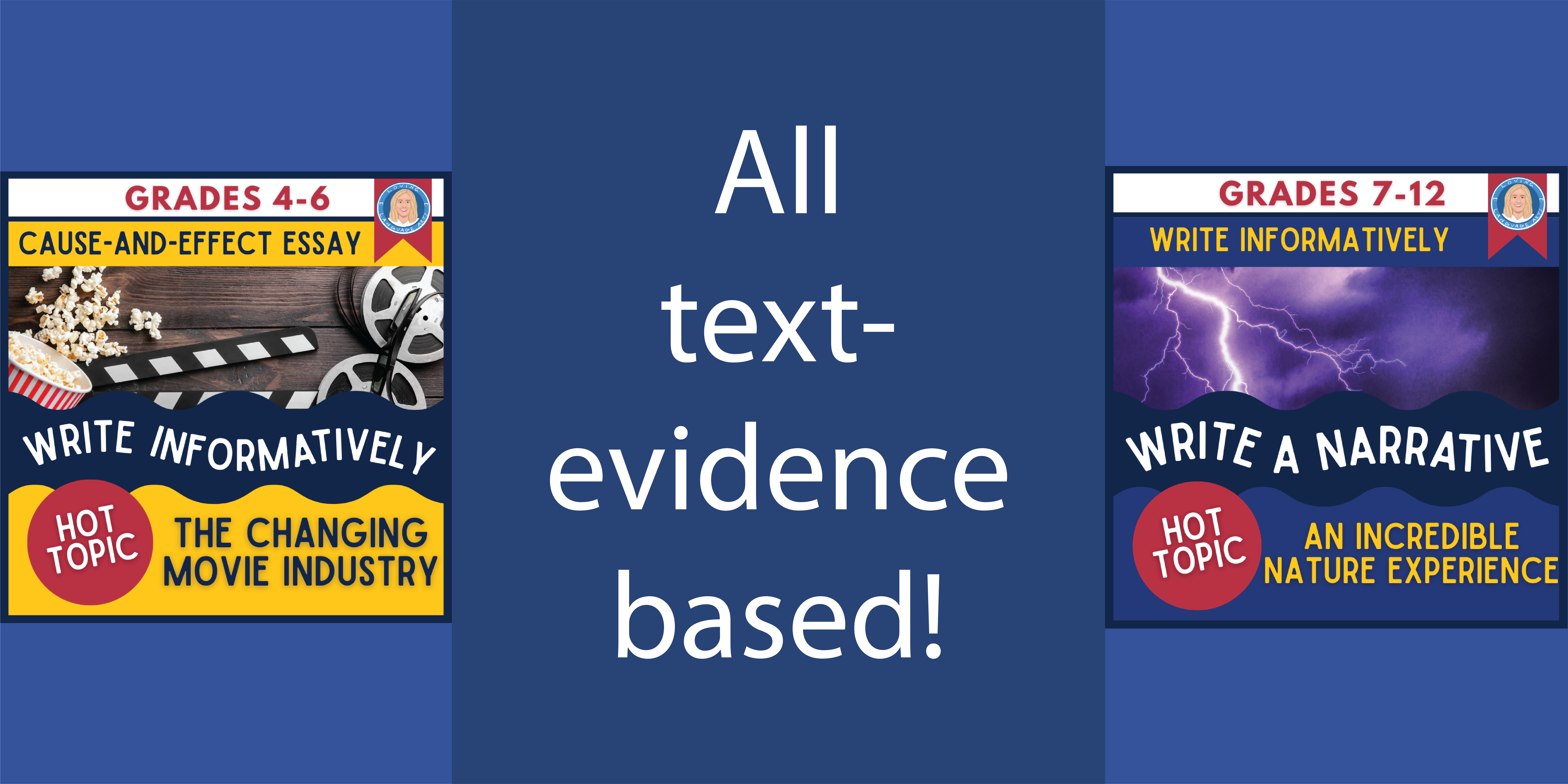
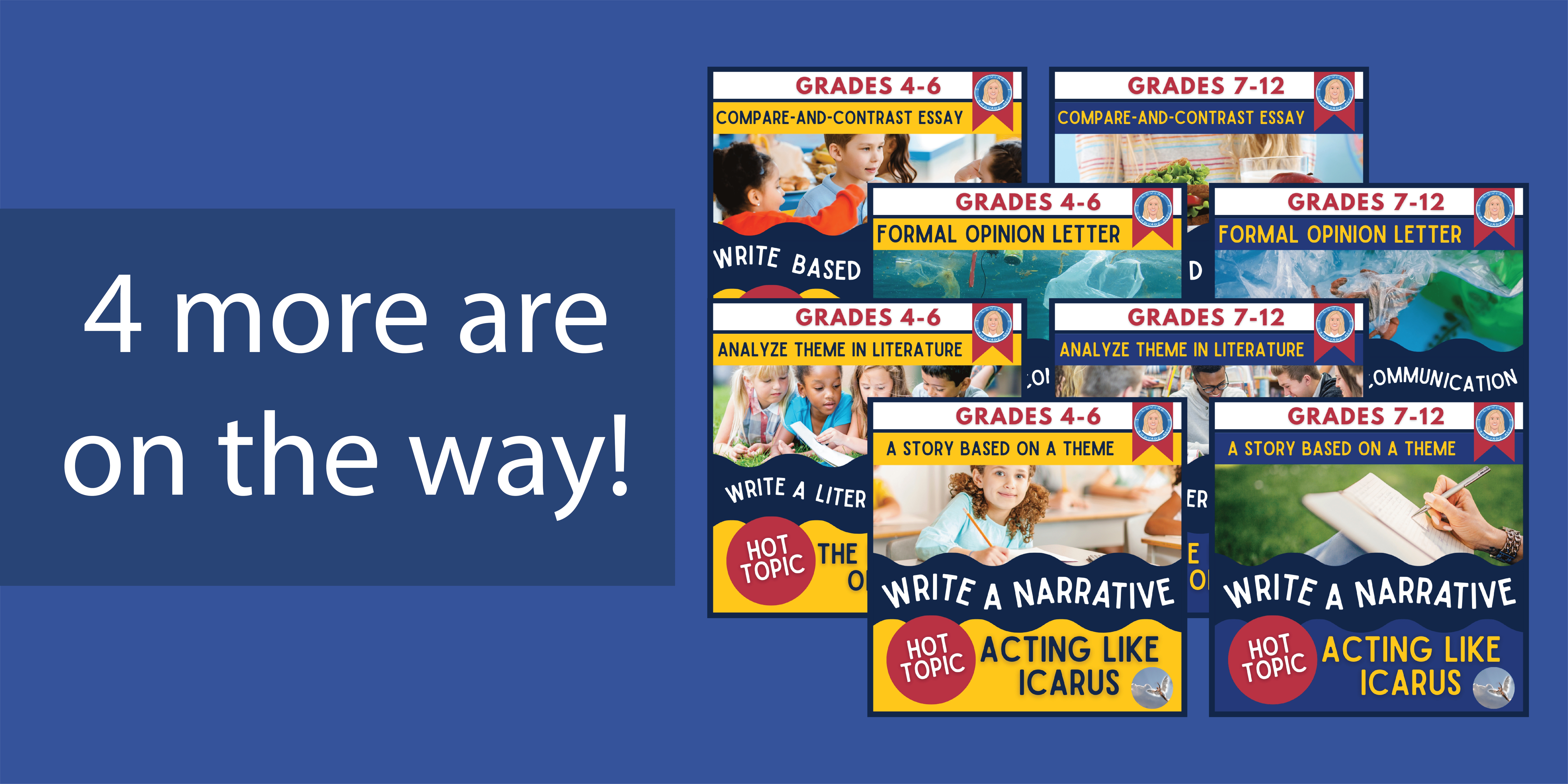
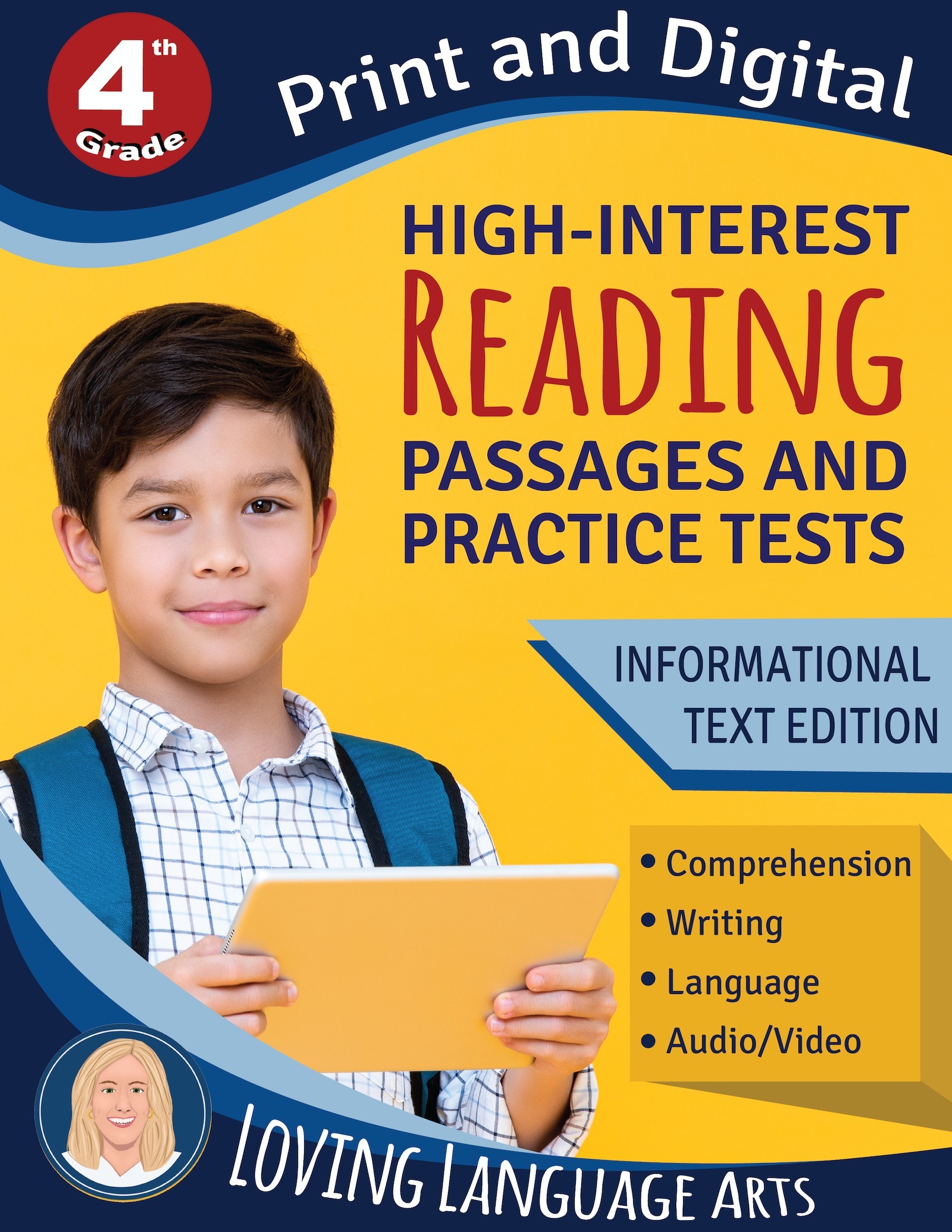

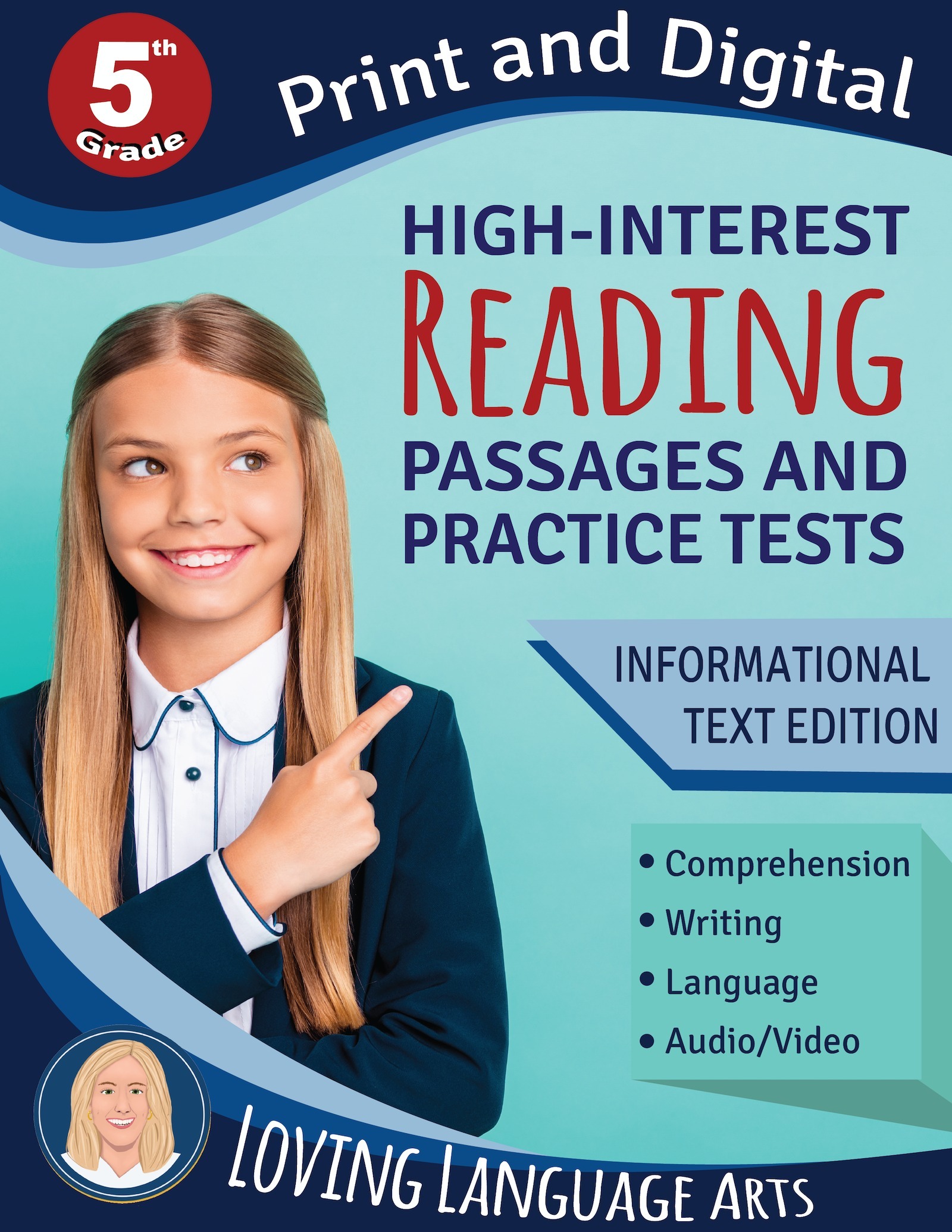
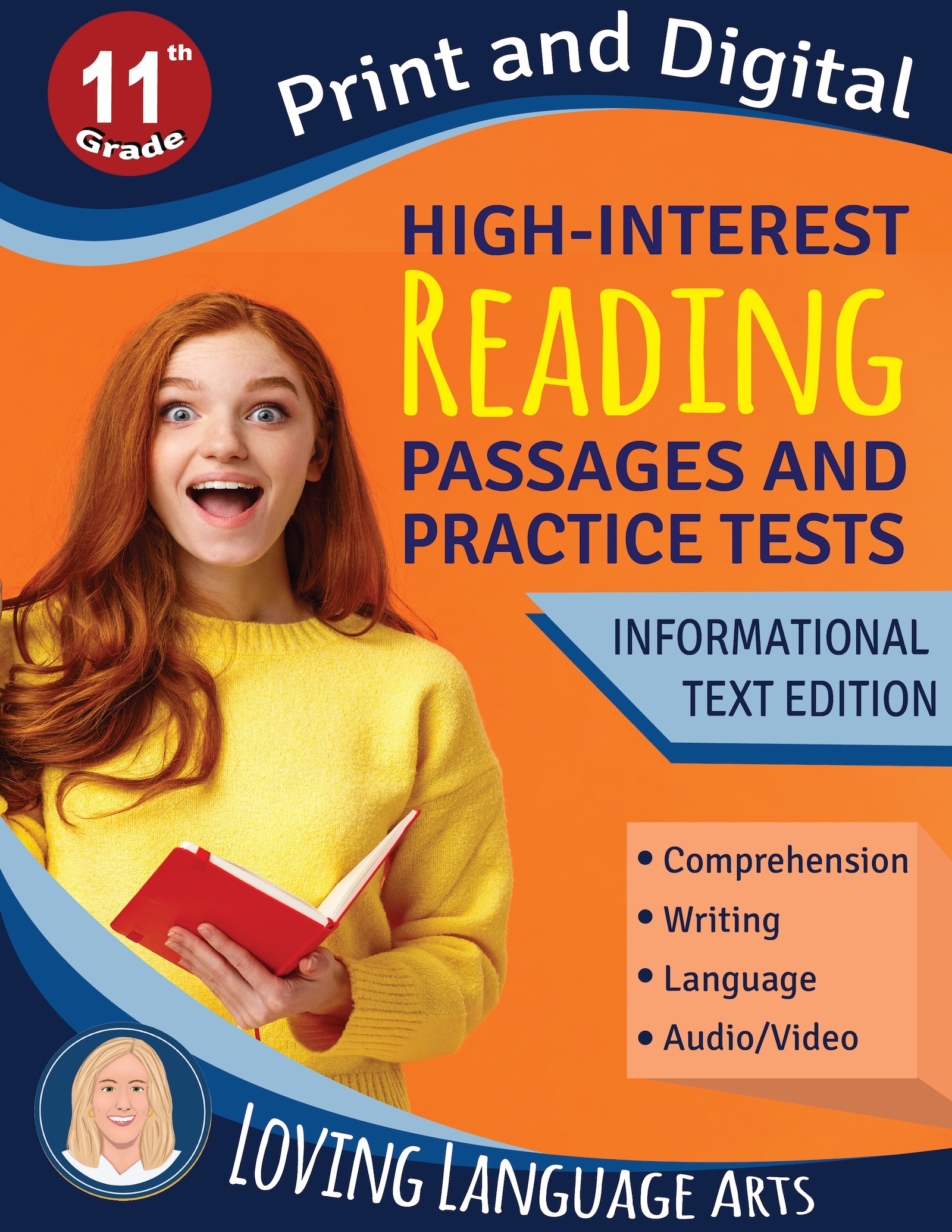
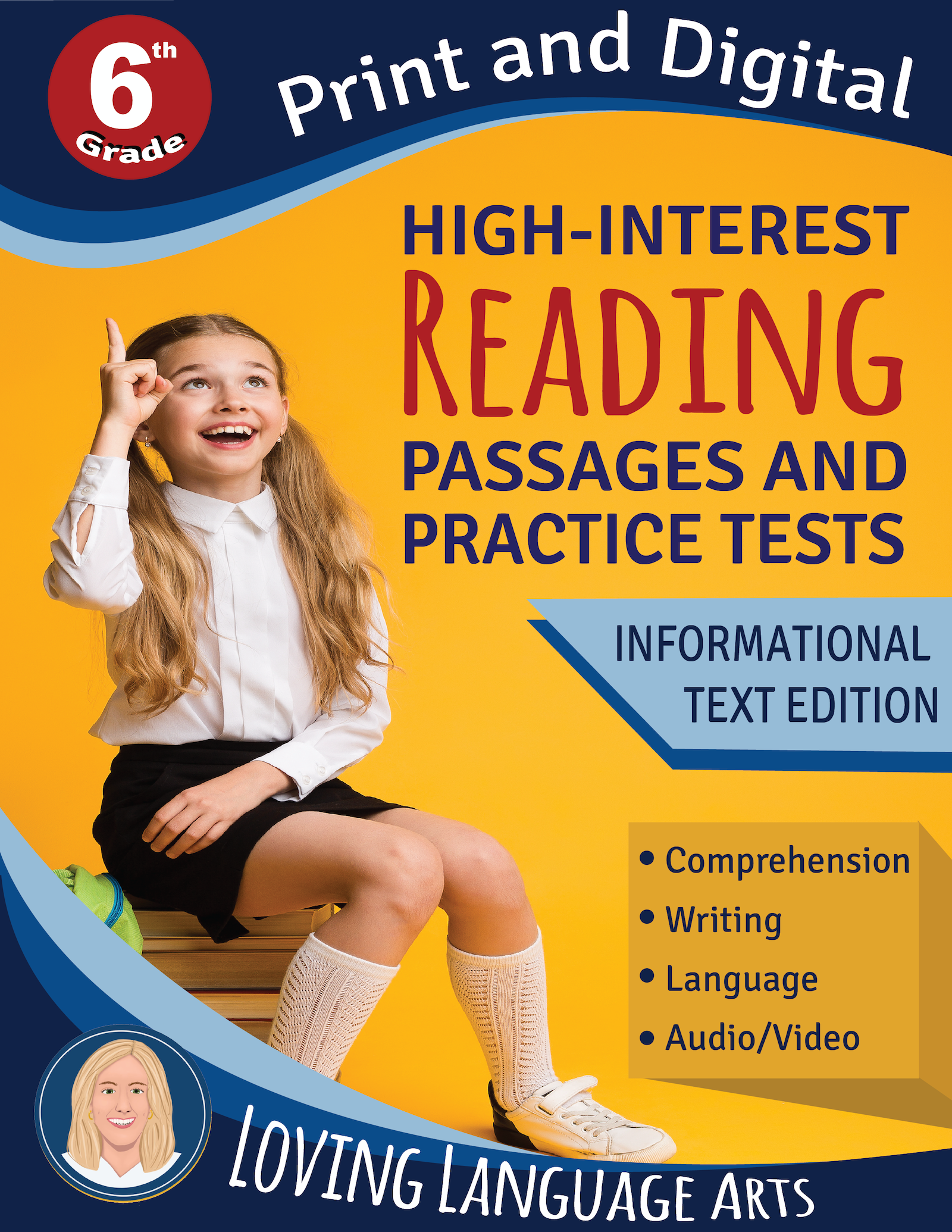
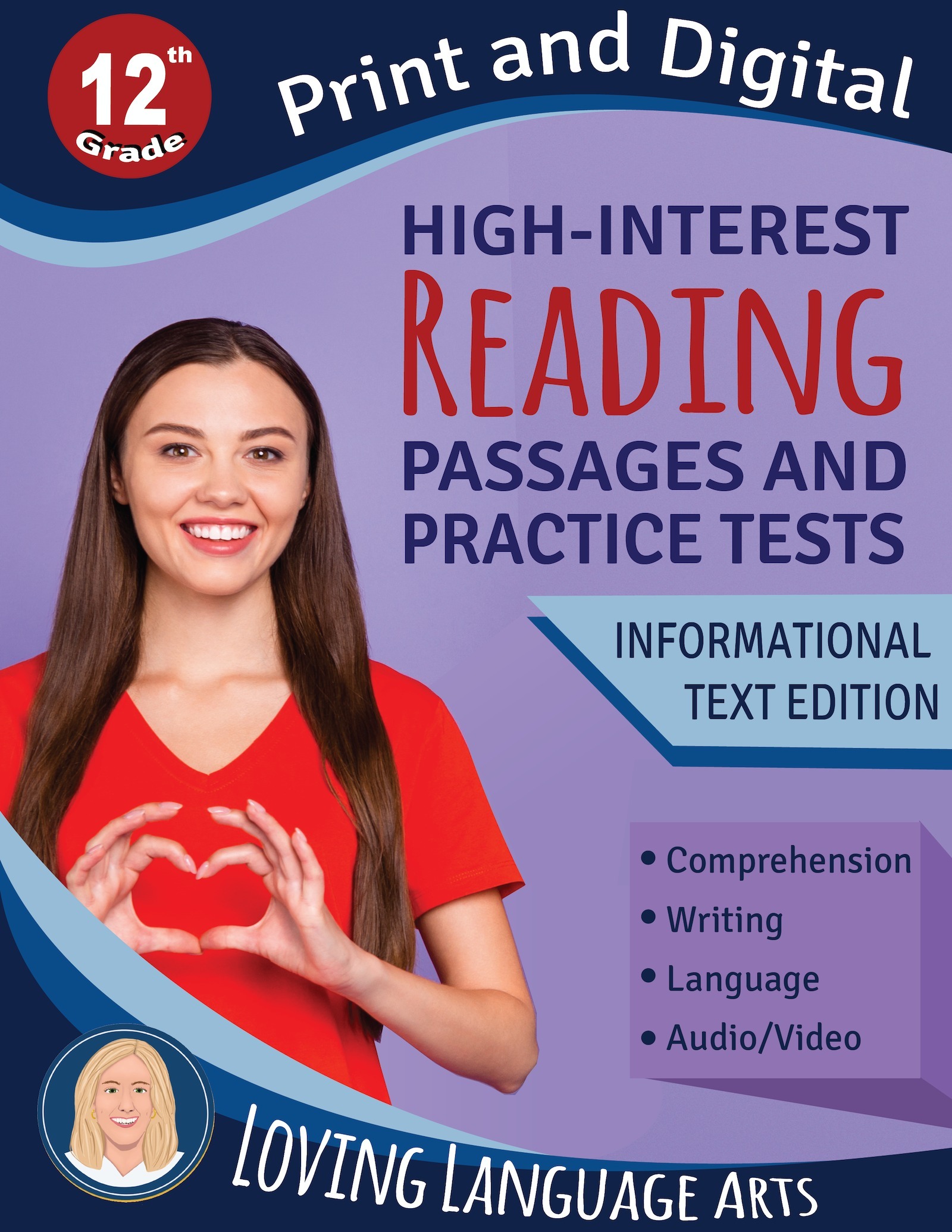
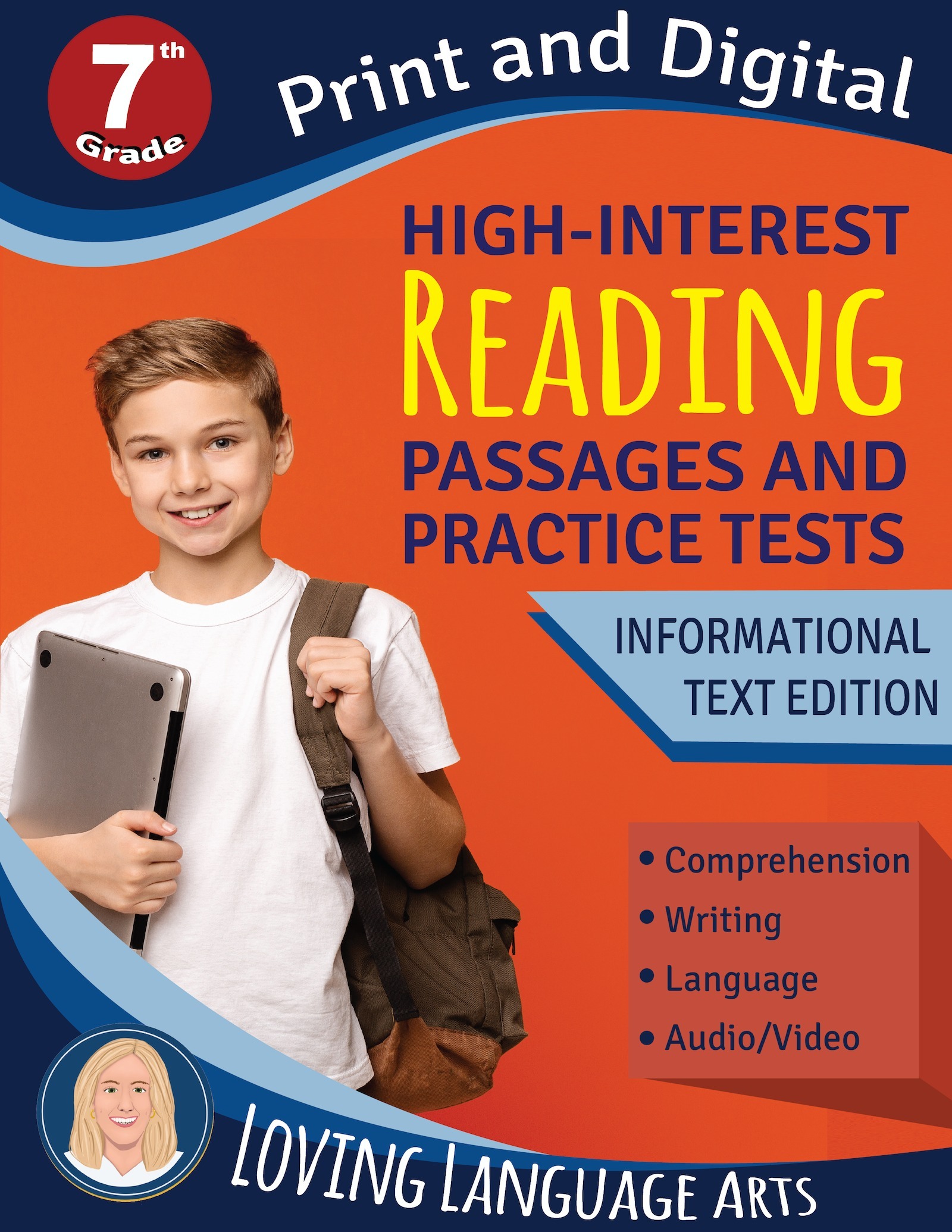
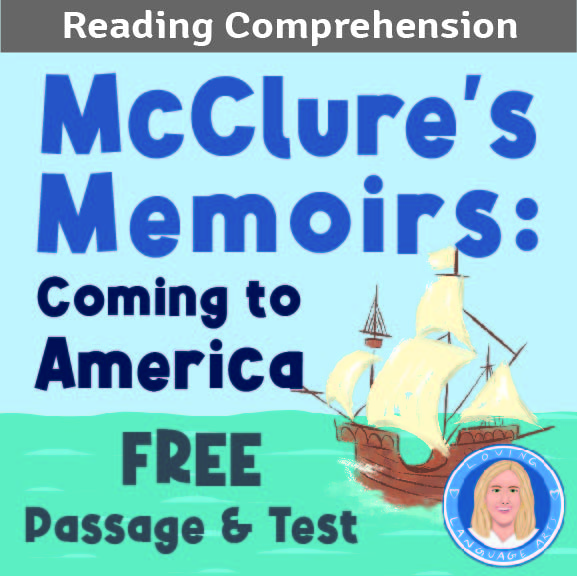
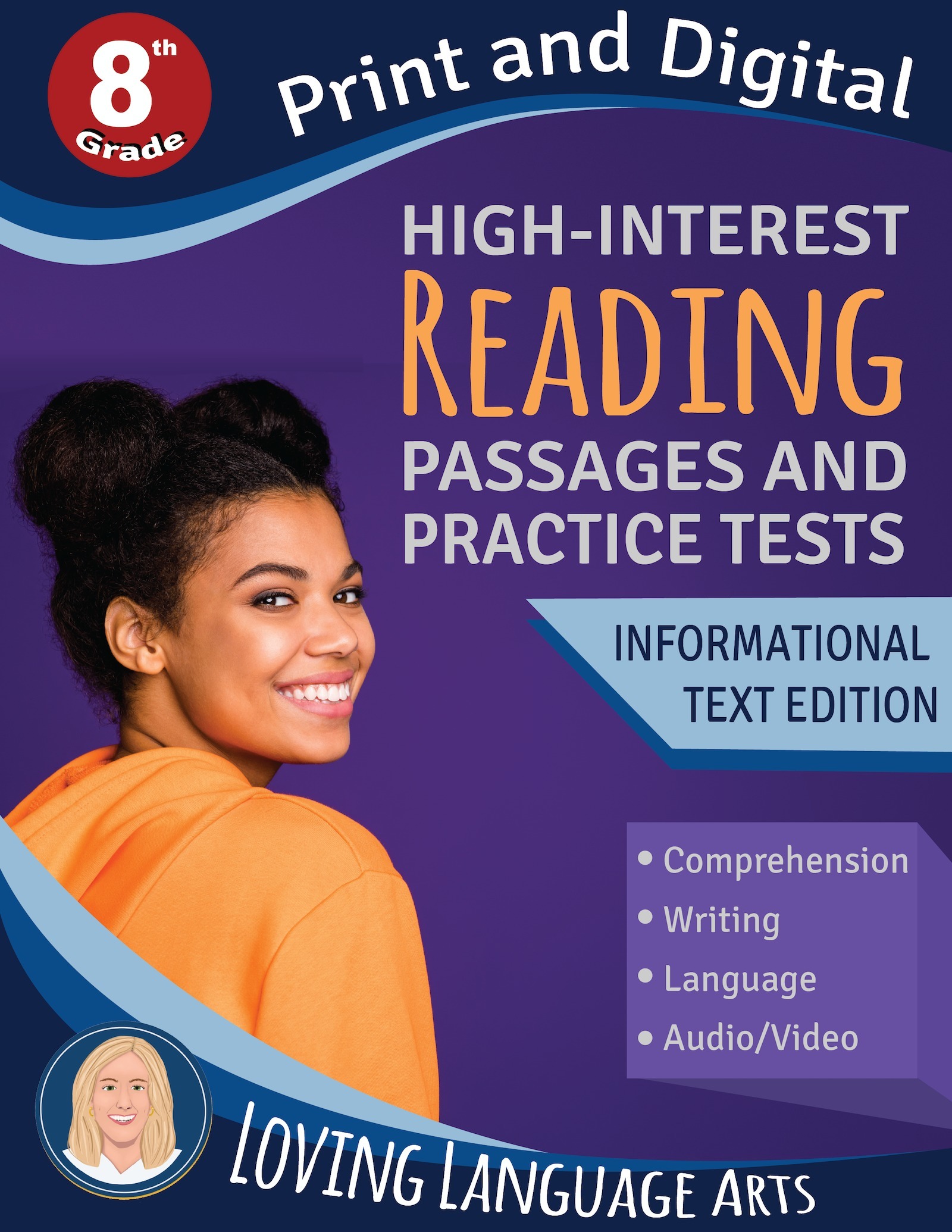
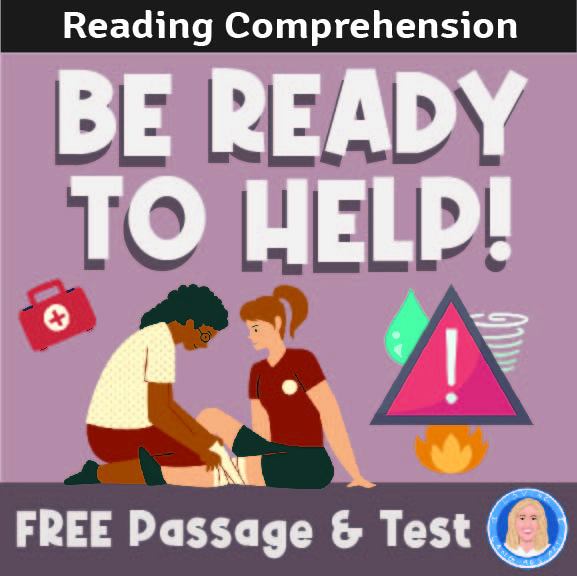
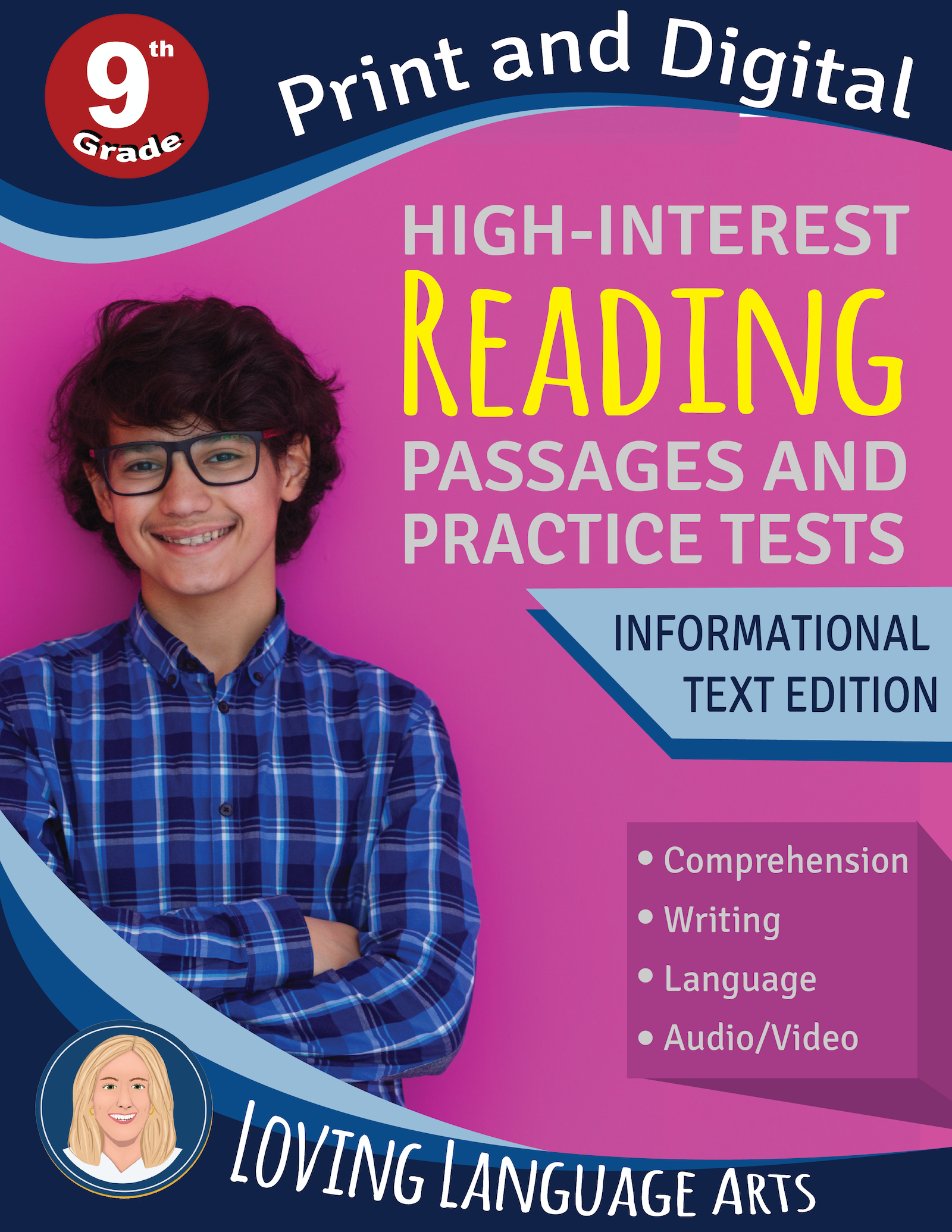
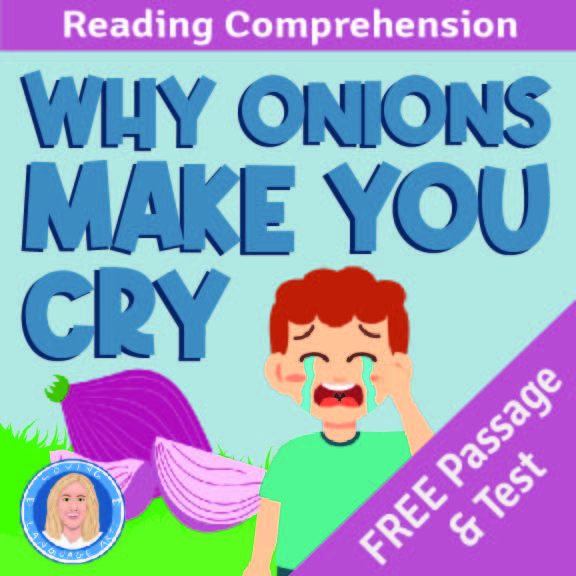

Trackbacks/Pingbacks